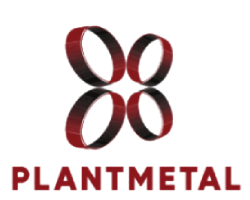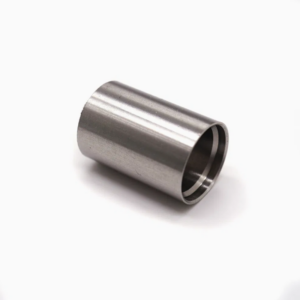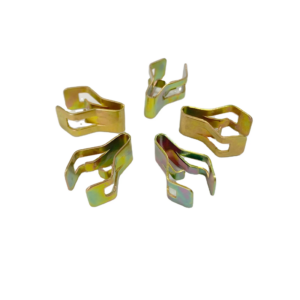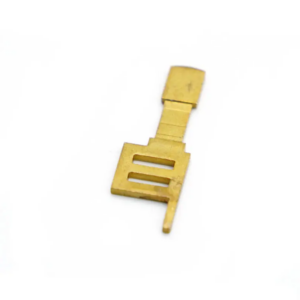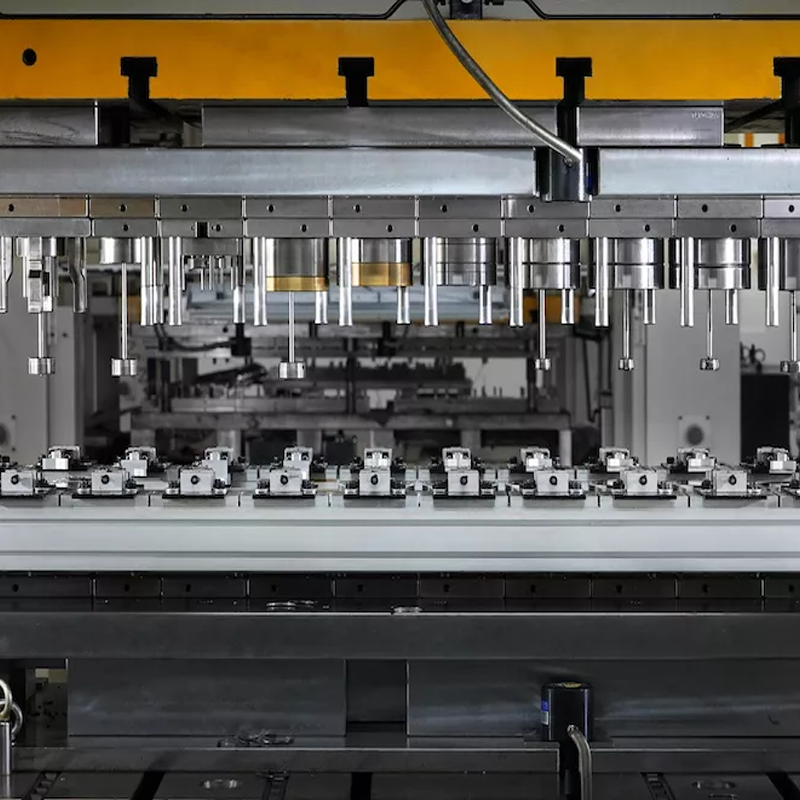At Plantmetal, we’re committed to delivering cutting-edge solutions in precision stamping and sheet metal fabrication. As a leader in the industry, we understand that choosing the right stamping method can make or break a project. Whether you are producing high-volume components or intricate designs, understanding the various stamping processes is crucial. In this blog post, we’ll dive into the key differences between Progressive Die, Compound Die, and Transfer Die Stamping, shedding light on their unique advantages, limitations, and ideal applications.
What Is Штамповка?
Stamping is a fundamental metalworking process in which metal is shaped by applying force through dies. This manufacturing technique is essential for producing high-quality parts at scale with accuracy and efficiency. Over the years, stamping has evolved from manual processes to high-tech automated systems capable of producing complex parts with consistent quality.
The process involves feeding metal sheets or strips into stamping machines, where they undergo various operations like cutting, forming, bending, and punching. The beauty of stamping lies in its ability to mass-produce identical components quickly, making it an indispensable method in sectors like automotive, aerospace, electronics, and consumer goods.
Key Types of Stamping Dies
There are several types of stamping dies used in the industry, but the three most commonly used methods are Progressive Die, Compound Die, and Transfer Die Stamping. Let’s explore each of these in detail:
Process Overview:
Progressive Die Stamping is an automated, multi-stage process where a metal strip is fed through a series of stations in a die. Each station performs a specific operation, such as punching, coining, or bending, until the final part is formed. This process is ideal for high-volume production, as each part is progressively formed through different stations, often without requiring manual intervention.
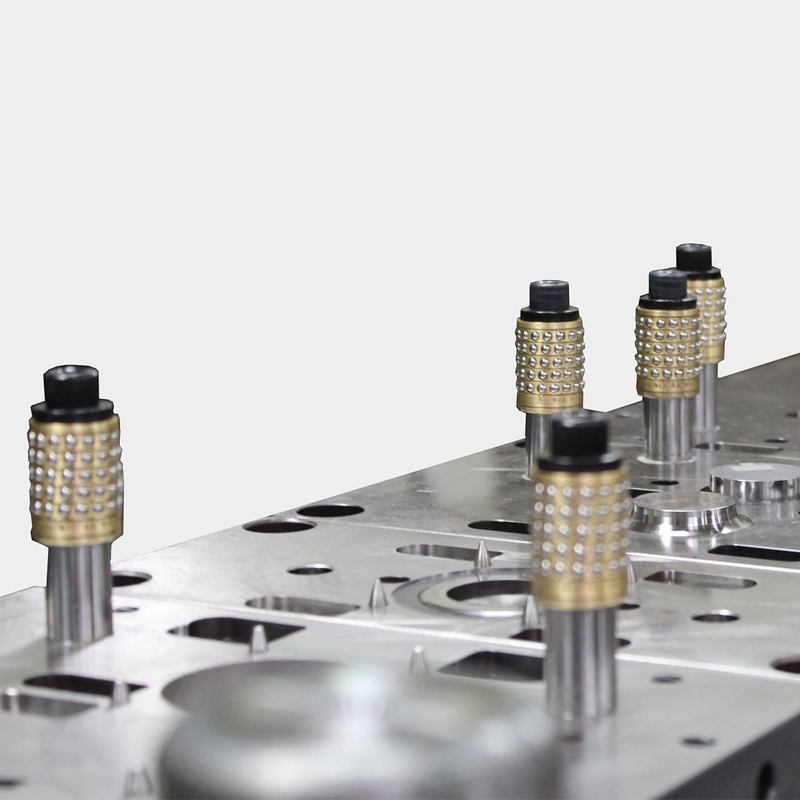
Advantages:
– High-Speed Production: Progressive Die Stamping is known for its ability to produce large volumes of parts in a short period. The process runs continuously, making it efficient for mass production.
– Cost-Effective: Though the initial tooling investment is high, Progressive Die Stamping becomes more economical as production volumes increase, thanks to the low cost per part.
– Consistent Quality: This method ensures high precision and uniformity across all parts, making it ideal for applications where part consistency is critical.
Limitations:
– High Initial Tooling Cost: The tooling for Progressive Dies can be expensive, which may make it less suitable for small production runs.
– Complexity of Parts: Progressive Dies are best suited for producing simple to moderately complex parts. Highly intricate designs may require additional operations or a different die method.
-
Compound Die Stamping
Process Overview:
Compound Die Stamping involves using a single die to perform multiple operations simultaneously in one stroke. For instance, a compound die may cut, bend, and form the part all at once. This process is commonly used for producing flat, simple parts where high precision and minimal misalignment are necessary.
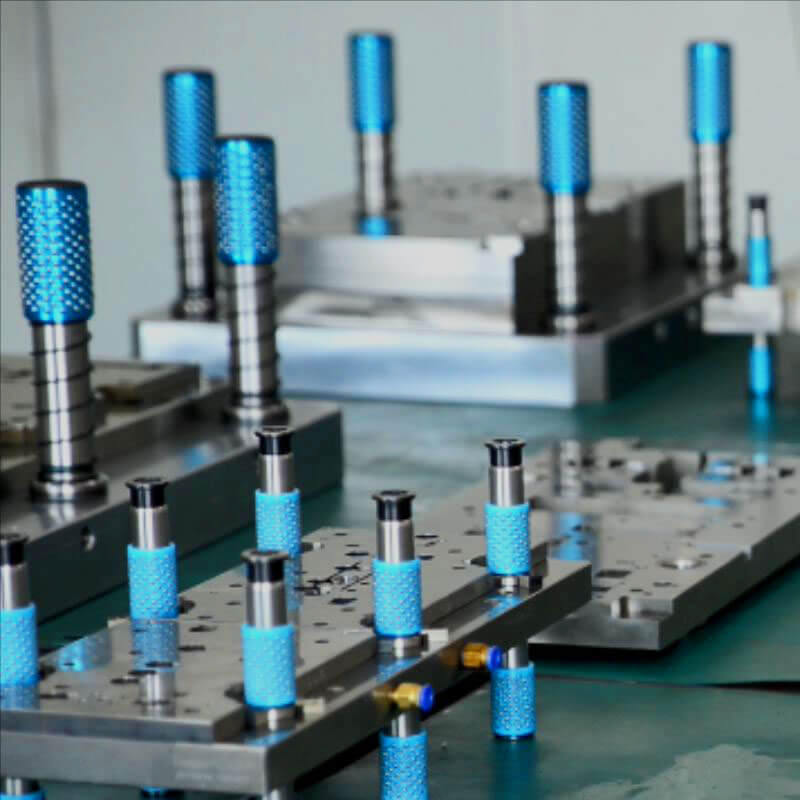
Advantages:
– Precision: Since multiple operations occur in one stroke, there’s minimal risk of misalignment, ensuring that parts are highly accurate.
– Efficiency for Flat Parts: Compound Die Stamping is perfect for producing flat parts with precise features, reducing the time required to create parts compared to other methods.
– Reduced Scrap: This method typically generates less scrap material than other die types, which leads to cost savings and environmental benefits.
Limitations:
– Lower Speed: While efficient for smaller production runs, Compound Die Stamping is slower than Progressive Die Stamping, making it less ideal for high-volume production.
– Limited Complexity: This method is best suited for simple, flat parts. Parts that require multiple bends or complex geometries may not be feasible with Compound Dies.
-
Transfer Die Stamping
Process Overview:
Transfer Die Stamping is a flexible process that involves transferring individual parts between multiple stations using mechanical or manual devices. This method is particularly effective for large, complex parts that require several sequential operations. Transfer Dies allow for intricate part handling and positioning, making it possible to manufacture complex shapes that other stamping methods cannot handle.
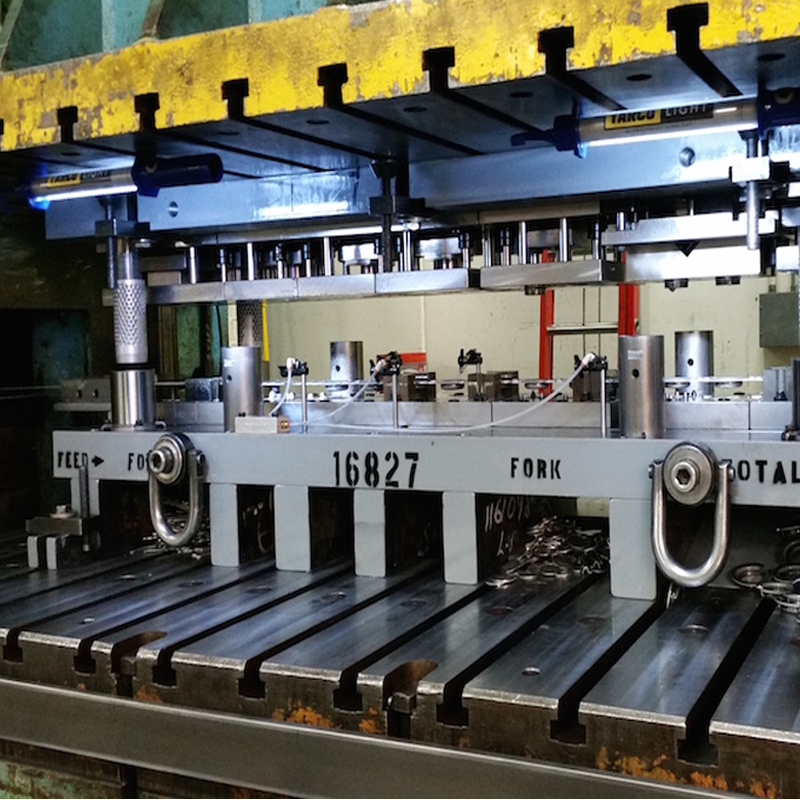
Advantages:
– Flexibility: Transfer Die Stamping excels at handling complex parts that require multiple operations like punching, bending, and trimming, making it ideal for intricate designs.
– Versatility in Production Runs: This method works well for both short and long production runs, offering a high level of versatility.
– Ability to Handle Larger Parts: Transfer Die Stamping is suitable for manufacturing larger components that might be too complex for other die types.
Limitations:
– Higher Setup Costs: The complexity of Transfer Die Stamping means that setup and maintenance costs are often higher than other methods.
– Slower Production Speeds: Although it’s flexible, Transfer Die Stamping tends to be slower, particularly when compared to Progressive Die Stamping.
– Increased Labor Requirements: Due to its complexity, Transfer Die Stamping often requires skilled labor to operate and maintain the dies, adding to operational costs.
Comparing the Three Stamping Processes
Now that we’ve covered the basic processes and advantages of each stamping method, let’s break down the key differences to help you determine which is best suited for your needs:
| Характеристика | Прогрессивная штамповка. | Compound Die Stamping | Transfer Die Stamping |
| Speed and Efficiency | High-speed production, ideal for large volumes | Slower, suited for simpler, flat parts | Flexible, slower setup and production |
| Cost Considerations | High initial tooling cost, cost-effective in large volumes | Efficient material usage, reducing scrap | Higher operational costs, especially for intricate designs |
| Complexity and Part Design | Less suited for complex parts, ideal for simpler designs | Ideal for flat parts with high precision | Preferred for complex designs, requires precision in die design |
| Volume Suitability | Best for high-volume production | Suited for smaller runs where precision is key | Versatile for both short and long runs, cost varies by complexity and volume |
Choosing the Right Stamping Process for Your Project
Choosing the right stamping process depends on several factors, including the design complexity of your part, production volume, and budget constraints. Here’s a guide to help you decide:
– Part Design: For simple, flat parts, Compound Die Stamping is an excellent choice due to its precision and efficiency. For more complex components with intricate features, Transfer Die Stamping might be more appropriate. Progressive Die Stamping works best for parts that are relatively simple but need to be mass-produced at high volumes.
– Volume Requirements: Progressive Die Stamping is the go-to for high-volume production runs. If you’re working with smaller batches or prototypes, Compound Die Stamping may be more suitable due to its cost-effectiveness for smaller runs. Transfer Die Stamping provides flexibility for both short and long production runs but may not always be the most cost-effective for smaller quantities.
– Budget Considerations: Progressive Die Stamping may have a higher upfront tooling cost but becomes highly cost-efficient in large-volume production. Compound Die Stamping is a more affordable option for smaller production runs, while Transfer Die Stamping requires a higher operational investment, especially for intricate designs.
Conclusion: Partner with Plantmetal for Expert Stamping Solutions
At Plantmetal, we understand that each manufacturing project has unique requirements. Whether you’re in need of large-volume production or intricate, small-scale parts, we have the expertise and capabilities to deliver the right stamping solution for you.
Our team is ready to assist you in choosing between Progressive Die, Compound Die, and Transfer Die Stamping based on your specific project needs. Contact us today to discuss your stamping requirements, and let’s work together to ensure your project’s success. At Plantmetal, we’re dedicated to providing the highest quality parts with efficiency, precision, and cost-effectiveness.
Reach out to us today for a consultation! We’re here to help you make the best choice for your project.
